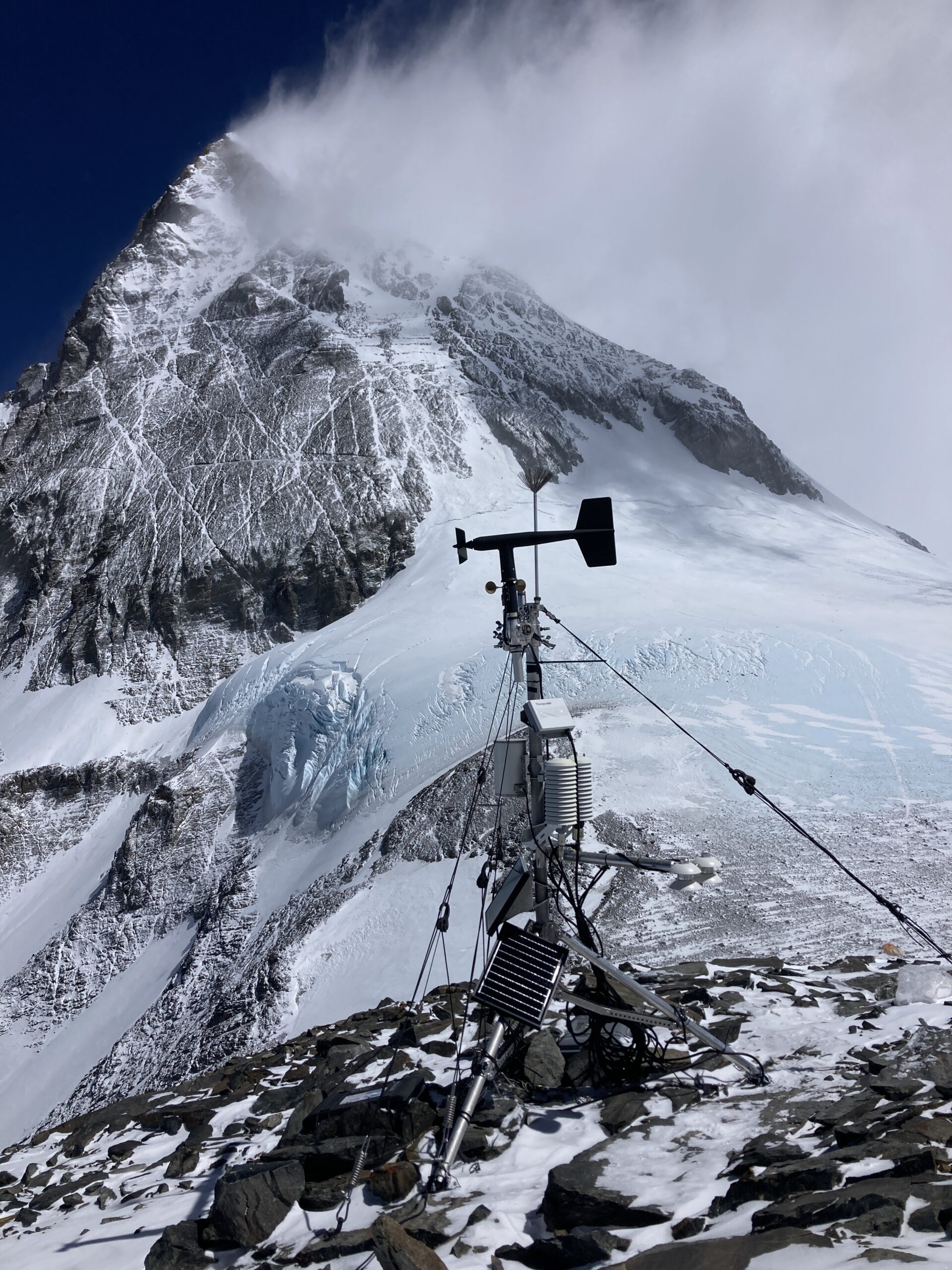Alpine environments present unique challenges due to their high altitudes, variable weather patterns, and rugged terrain. Accurate weather measurement in these areas is not just beneficial—it is crucial for ensuring safety, optimizing performance, and managing operations effectively. From skiing and mountaineering to avalanche forecasting and environmental research, precise weather data plays a vital role in alpine settings. This blog explores the importance of accurate weather measurement for various alpine applications, highlighting key variables: wind speed and direction, pressure, temperature, and humidity.
Skiing and Snowboarding: Enhancing Safety and Enjoyment
For winter sports enthusiasts, accurate weather measurement is essential for a safe and enjoyable experience. Key benefits include:
- Slope Conditions: Real-time data on snow conditions, including temperature and humidity, helps determine the quality and safety of ski slopes. This information is crucial for assessing snowpack stability and ensuring optimal skiing or snowboarding conditions.
- Avalanche Risk Assessment: Wind speed and direction, along with temperature and pressure readings, are critical for avalanche forecasting. Accurate measurements help predict and mitigate avalanche risks, enhancing safety for skiers and snowboarders.
- Operational Planning: Ski resorts rely on weather data to plan operations, including opening and closing of trails and lifts. Understanding current and forecasted conditions allows resorts to provide timely updates and adjust their services accordingly.
Mountaineering: Ensuring Safety and Success
Mountaineers face extreme and rapidly changing weather conditions, making accurate weather measurement vital for:
- Route Planning: Detailed weather information helps mountaineers select safe and viable routes. Knowing wind speeds, temperatures, and potential weather changes aids in planning ascents and descents, minimizing risks.
- Weather Forecasting: Real-time data on pressure and temperature can indicate approaching storms or hazardous conditions, allowing climbers to make informed decisions and take necessary precautions.
- Safety and Survival: Accurate weather measurements are crucial for assessing the safety of high-altitude climbs. Changes in weather conditions can significantly impact visibility and temperature, affecting the overall safety of mountaineering expeditions.
Avalanche Forecasting: Predicting and Preventing Hazards
Avalanche forecasting relies heavily on precise weather data to predict and prevent avalanche hazards. Key factors include:
- Snowpack Stability: Monitoring temperature, humidity, and wind conditions helps in assessing the stability of the snowpack. Understanding these factors is essential for predicting avalanche risk and making informed decisions about travel in avalanche-prone areas.
- Early Warning Systems: Accurate pressure and temperature data contribute to early warning systems that alert skiers, snowboarders, and mountaineers to potential avalanche dangers, enabling timely evacuation and safety measures.
- Research and Analysis: Continuous weather measurements support research and analysis of avalanche patterns and trends. This data helps in improving forecasting models and enhancing safety protocols.
Environmental Research: Understanding Alpine Ecosystems
Accurate weather measurement is also vital for environmental research in alpine regions. This includes:
- Climate Studies: Long-term data on temperature, precipitation, and wind patterns helps scientists understand climate change impacts on alpine ecosystems. Studying these patterns is crucial for predicting environmental changes and their effects on flora and fauna.
- Glacier Monitoring: Temperature and precipitation data are essential for monitoring glacier health and understanding ice melt patterns. This research is vital for assessing water resources and climate trends.
- Ecosystem Health: Understanding weather conditions helps researchers monitor the health of alpine ecosystems, including plant and animal species that are sensitive to climate variations.
Conclusion
Accurate weather measurement is essential for managing and optimizing activities in alpine environments. Whether for skiing, mountaineering, avalanche forecasting, or environmental research, reliable data on wind speed and direction, pressure, temperature, and humidity plays a crucial role in ensuring safety, enhancing performance, and understanding environmental changes. By leveraging precise weather information, we can better navigate the challenges of alpine settings and protect both people and the natural environment.
Learn more about how we help with alpine applications, or send us a message and one of our experts will get back to you within one business day.


